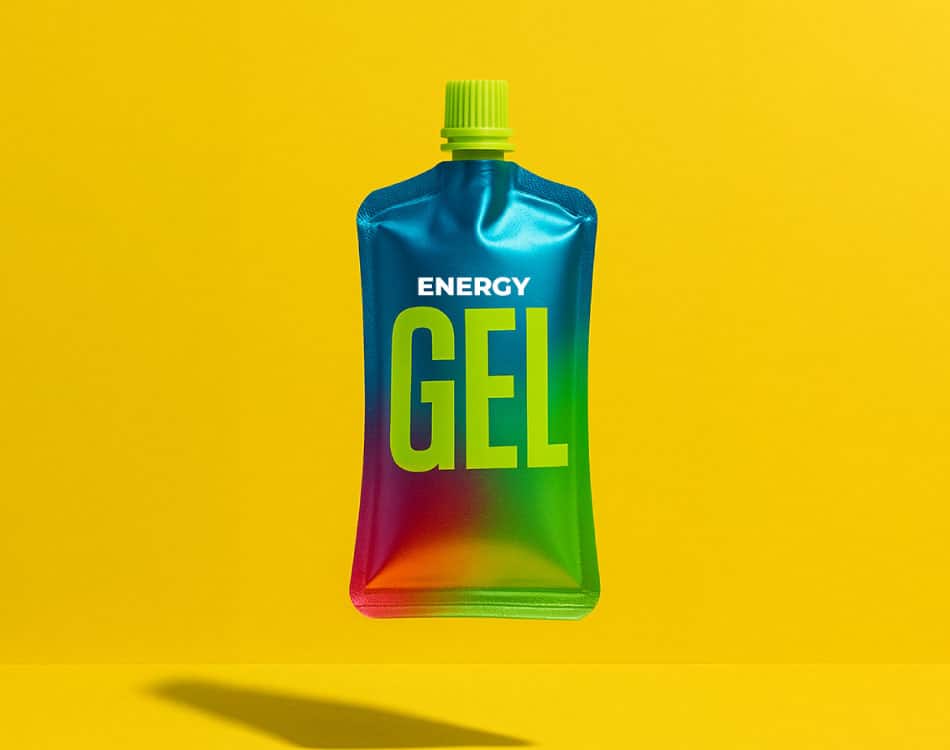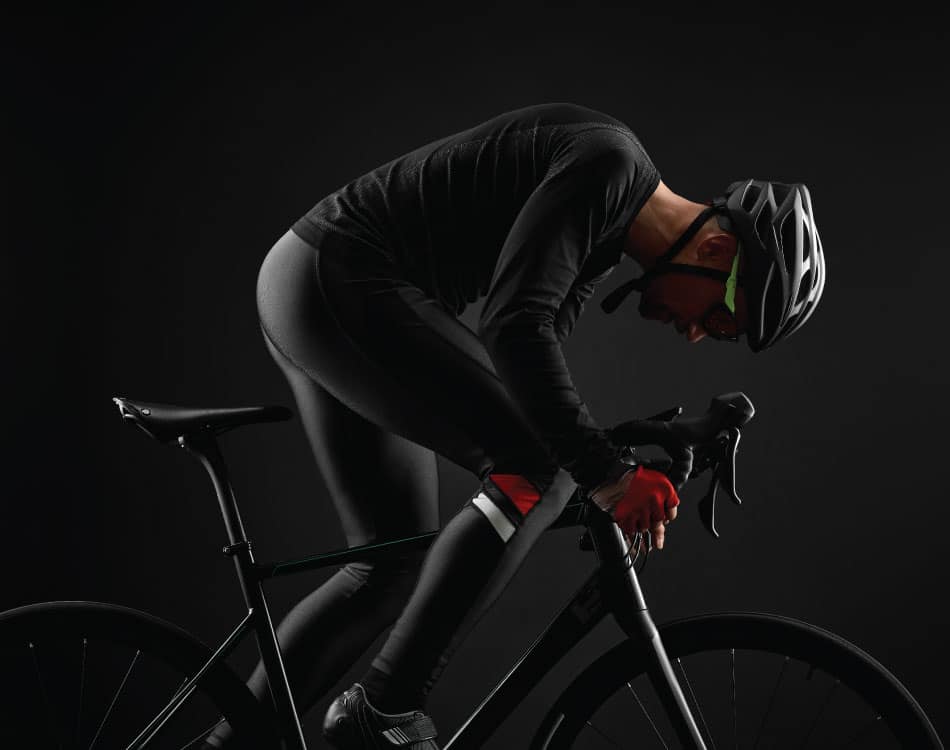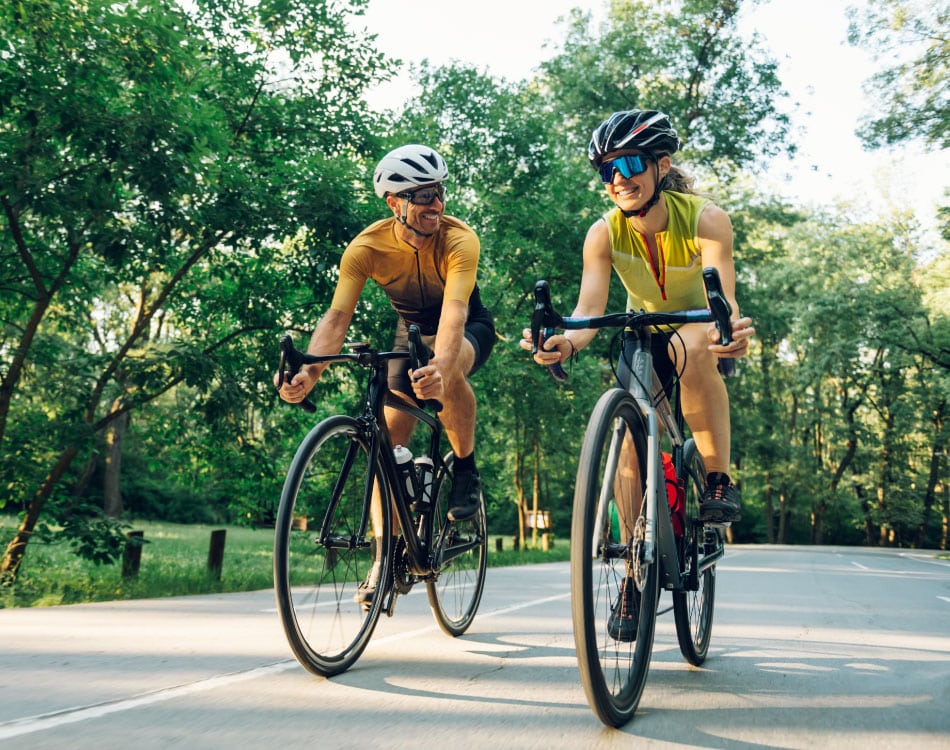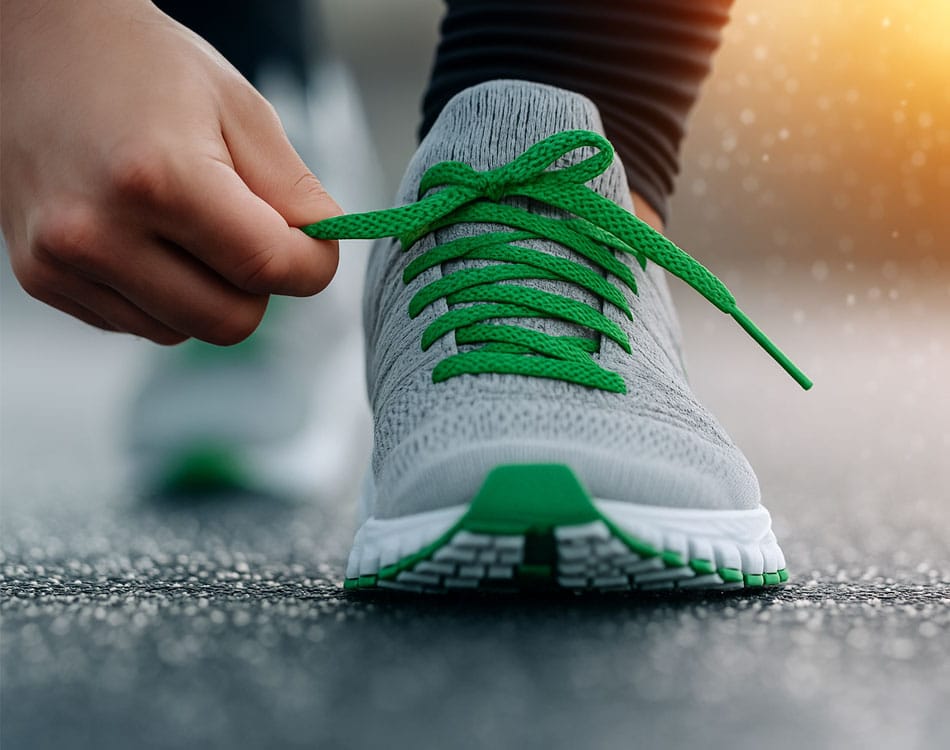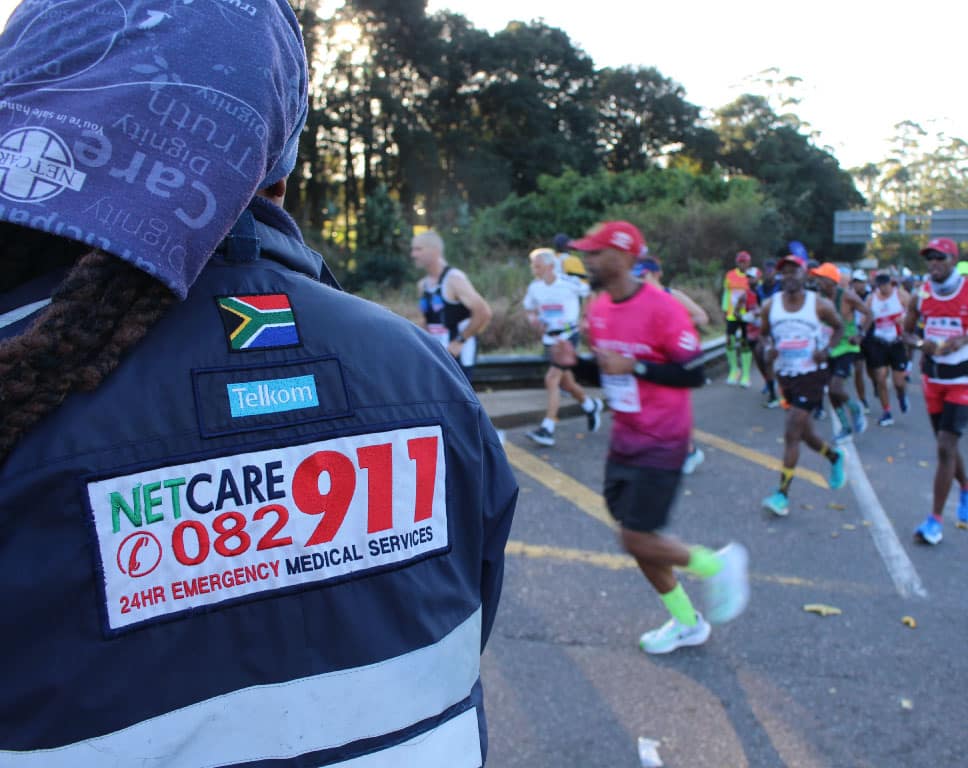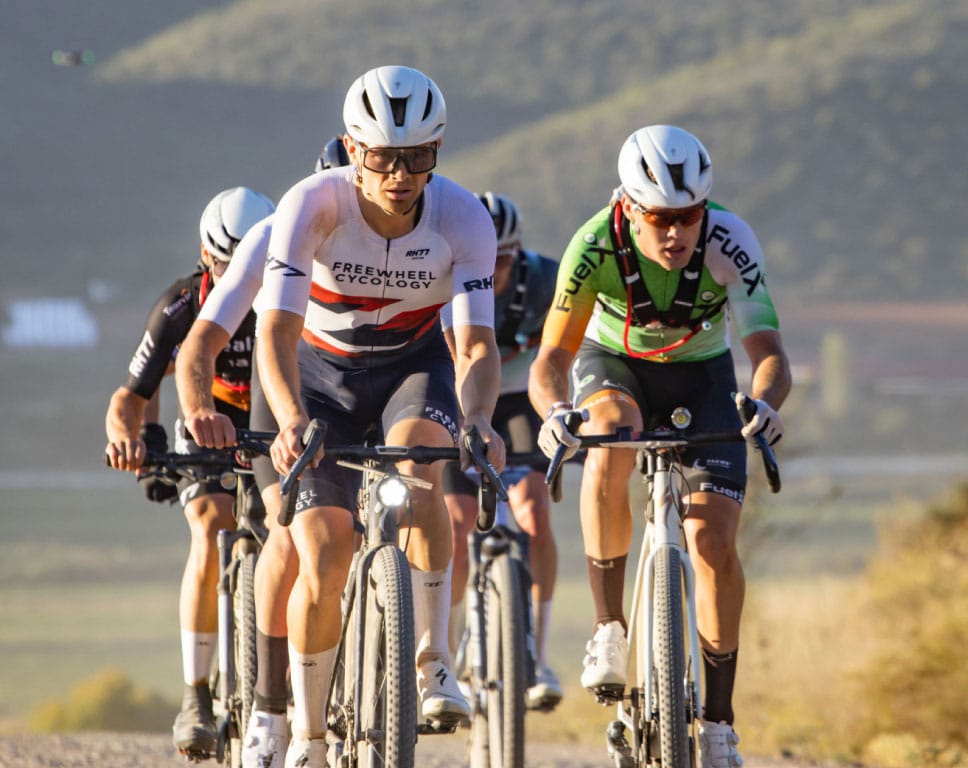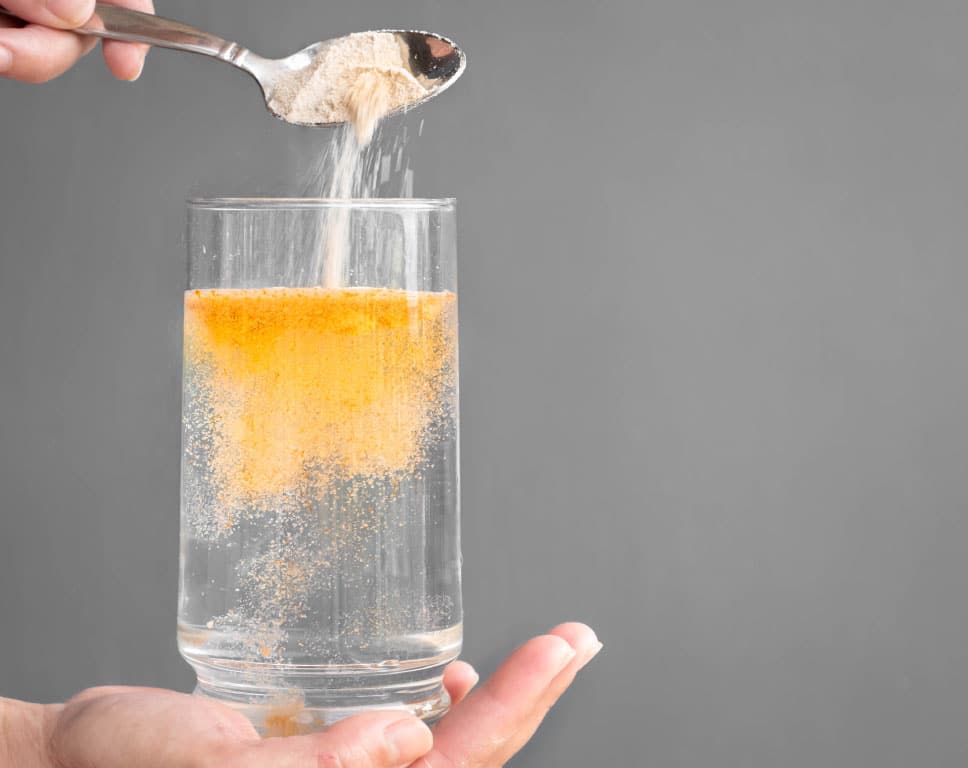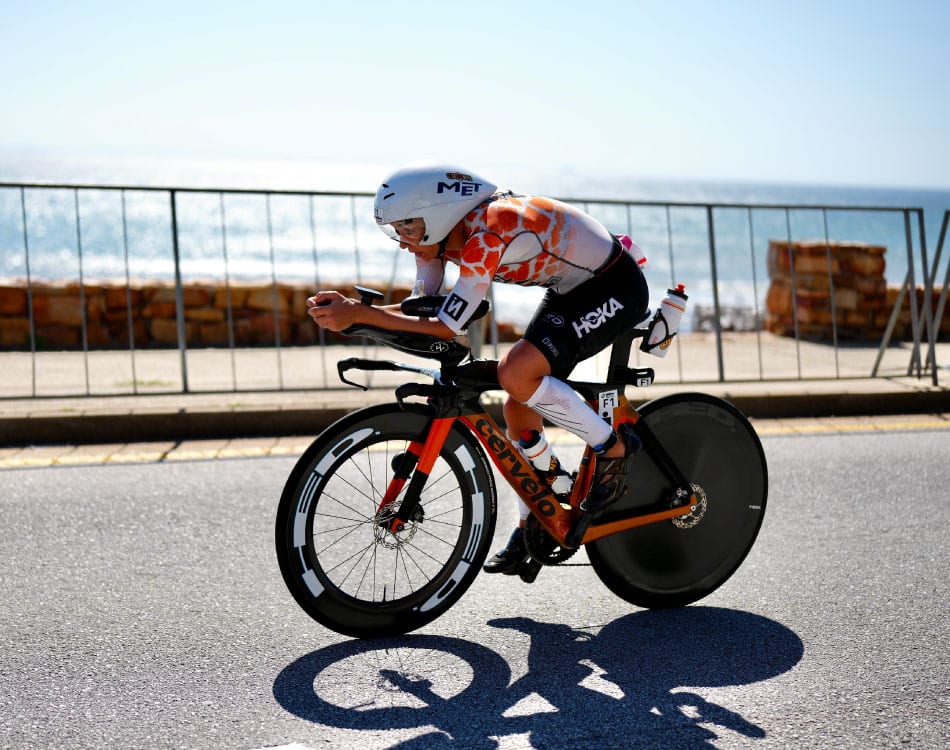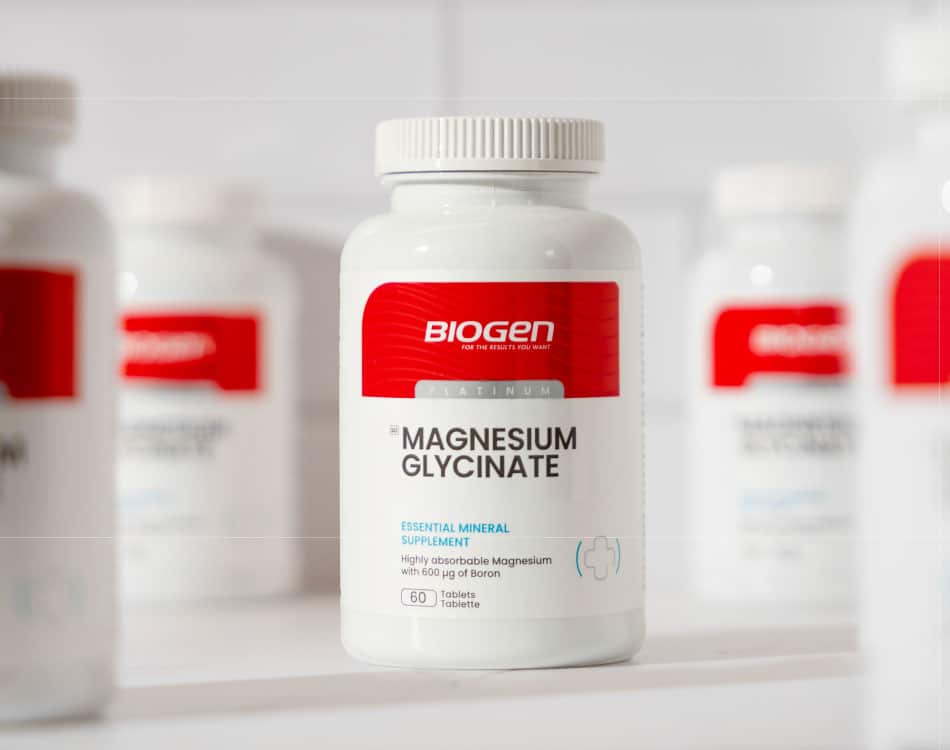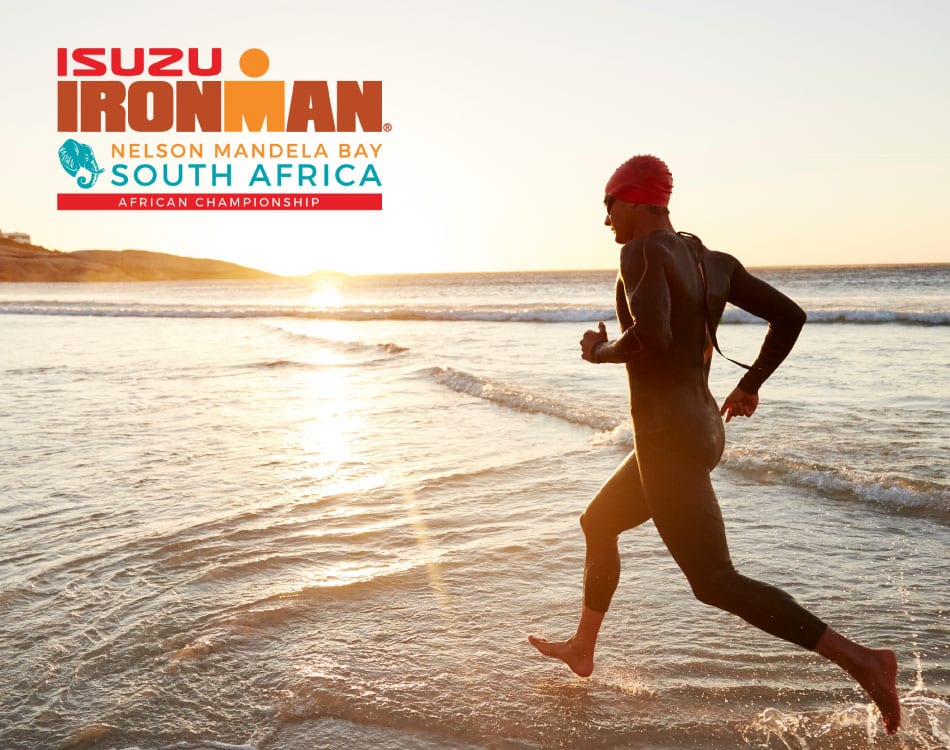When it comes to fuelling for endurance sports, energy gels have revolutionised the performance nutrition game, with the latest innovation helping to push the boundaries with the amount of carbs athletes can tolerate during sustained race efforts.
First developed to offer a concentrated carbohydrate source that was easier to consume and digest than whole foods, an explosion of brands now develop a range of energy gels boasting different formulations and an ever-expanding range of flavour and texture options.
Compact and convenient
Energy gels provide athletes with a convenient and fast-absorbing source of carbohydrates to maintain energy levels during prolonged exercise.
These compact, portable sachets (you can easily fit multiple gels into pockets or pouches) of concentrated carbohydrate solutions help prevent glycogen depletion, which can lead to fatigue and decreased performance.
Energy gels either contain a mix of carbohydrates or are exclusively glucose-based. More advanced formulations can also include a mix of electrolytes, caffeine, and amino acids for enhanced performance and recovery.
How high can you go?
Performance nutritionist Dr Craig Uria, Director at the Spine and Sport Centre, explains that endurance athletes should aim to ingest around 60-90+g of carbs per hour, based on factors such as effort, digestibility, palatability and tolerance.
"You need to establish your plan based on your goals. It is also possible to train your tolerance for higher intakes, which is highly beneficial for more serious riders."
Athletes who aren't racing flat out typically tolerate 60-70g well, while those working near their aerobic threshold should aim for 90g or more per hour.
"Some elite athletes manage up to 120g/hour thanks to innovations in supplement technology that provides over 40g per serving from gels and drinks."
Enter the 1:0.8 ratio
A significant development in this regard is the 1:0.8 glucose-to-fructose ratio used in a growing number of energy supplements.
This ratio is gaining popularity because it allows for a higher carbohydrate intake with less risk of gastrointestinal (GI) discomfort, and the ability to tolerate carb intakes of 90g per hour or more improves endurance performance.
Studies1 also suggest that a 1:0.8 glucose-to-fructose ratio can support higher carbohydrate oxidation rates, which means athletes can convert more of what they consume into usable energy.
The ratio works because glucose and fructose use separate transport mechanisms in the gut.
- Glucose is transported via the sodium-glucose-linked transporter 1 (SGLT1) pathway.
- Fructose is absorbed through the GLUT5 transmembrane protein
This means that, while the human body can absorb and oxidise glucose at a rate of approximately 60g/hour2 when glucose is combined with fructose, total carbohydrate absorption can increase to 90-120 g/hour.
While athletes can tolerate intakes of up to 90g/hour from products with a 2:1 glucose-to-fructose ratio, fructose is very sweet, which makes larger doses less tolerable from a taste and stickiness perspective3.
It is only since products were developed with the 1:0.8 glucose-to-fructose ratio that more athletes have been able to tolerate up to 120g of carbs per hour.
A 2011 study1 confirmed that ingesting 110g of carbohydrates per hour in the form of glucose and fructose in a 1:0.8 ratio led to a higher use in muscle than the same intake in a 2:1 ratio. Moreover, those using the 1:0.8 ratio group performed better than those in the 2:1 group.
Train your gut
While these products boost absorption, your ability to tolerate higher carb intakes during races is highly individualised. However, it is something you can train and develop, says Dr Uria.
"It is possible to train your tolerance for higher intakes, which is highly beneficial for more serious athletes."
In this regard, Dr Uria recommends simulating race conditions during training as much as possible to confirm that you can physically consume all the food, drinks and gels at those intensities and perform tasks like accessing and consuming gels.
Mix and match
"Your performance nutrition plan should also have structure, with timed feeds to ensure athletes eat and drink early and often according to planned and practised schedule."
The plan must ensure you get the required carbs and calories needed every hour to sustain your efforts.
"Some people find it easier to eat more solids at the beginning, with liquid and gel feeds better tolerated later in the race or at higher intensities as the gut gets less blood flow," continues Dr Uria.
"Technically, there is little difference in the rates at which we oxidise solid and liquid carb sources based on research. It's more about personal preference and digestive comfort."
Dr Uria says you should consider other factors like flavour and texture fatigue. "We have a wider range of options than ever before, which makes it easier to mix and match products and brands for the best experience and ideal outcome."
References:
- O'Brien WJ, Rowlands DS. Fructose-maltodextrin ratio in a carbohydrate-electrolyte solution differentially affects exogenous carbohydrate oxidation rate, gut comfort, and performance. Am J Physiol Gastrointest Liver Physiol 300(1): 181-9, 2011.
- Jeukendrup A. A step towards personalized sports nutrition: carbohydrate intake during exercise. Sports Med. 2014 May;44 Suppl 1(Suppl 1):S25-33. doi: 10.1007/s40279-014-0148-z. PMID: 24791914; PMCID: PMC4008807.
- Podlogar T, Wallis GA. New Horizons in Carbohydrate Research and Application for Endurance Athletes. Sports Med 52: 5-23, 2022.

